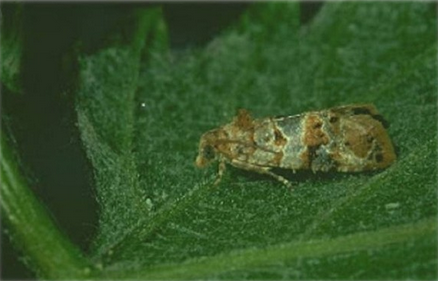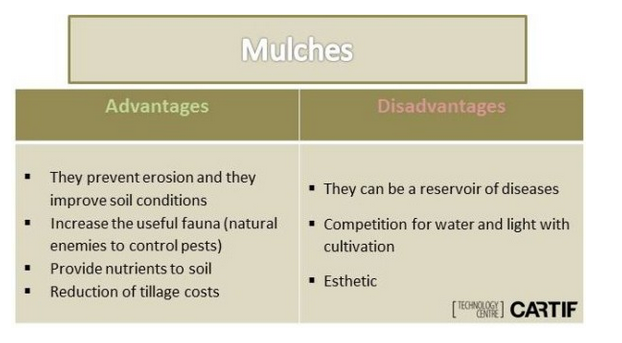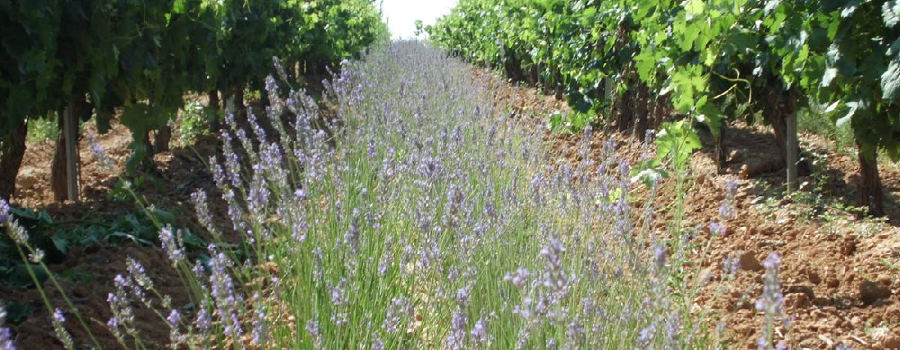More than once, especially in the villages, we have heard a farmer saying a similar phrase: “Wheat is growing a lot due to rains this year, what a pity! Because many weeds will grow and I will have to spread herbicides”. Before this comment it could open a long discussion.

It is known that weeds are a problem, but there are other ways so that they do not encroach crops, without resorting to herbicides. We must not let them grow so that invade crops, but neither eradicate them, because they also have other beneficial effects, such as they help to control pests and favor the presence of pollinators in the field.
So, what happens? Should we leave them or not? Well, there are other solutions such as leaving margins between crops and introduce aromatic plants or fruit trees which prevent the emergence of weeds in these margins, like cereal fields were interspersed with orchards and even fruit trees years ago. It is what is called creating mulches.
What are the covers or mulches vegetal?
The implementation of mulches consists on sowing between the streets or lines any cultivable crop species or let the natural vegetation grow spontaneously. The mulches are used as a strategy for soil management, because they reduce the risk of erosion besides increasing the biodiversity of the natural enemies of the usual crop pests.
Mulches compete with weeds for space, light and nutrients and, therefore, they help to reduce the costs of weed control which is an advantage for the farmer. Other cover crops produce allelopathic substances (biochemical compounds that influence in growth, survival or reproduction of other organisms) which inhibit the growth of certain weeds and, in general, mulches, like hedges, are a reservoir where beneficial organisms can live, which can pass to the crop in search of prey (pests).

Are mulches used a lot?
Mulches are widely used in organic farming. Organic farming, regulated by (EC) Nº 834/2007 Regulation of 28 June 2007, forbids the use of chemical pesticides and synthetic origin fertilizers; therefore, in organic production different management strategies are developed to comply with regulations. One of these techniques is to increase the diversity in and around the crop with different plants which stimulate the diversity of beneficial organisms. The most important diversification technique is the use of mulches between lines of crops.
The mulches issue is highly questionable by both parts, the staunchest supporters and those who never would put into practice. It is clear that by introducing a new crop between the lines of other major crop, for example a vineyard, there will be a competition with the vines, and this can join a production loss, but it can also be very interesting to get a higher quality product due to improvements in soil, or a different microbial flora which can influence the sensory characteristics of the wine produced with those grapes may appear.
Sometimes it takes several decades and we evolved on many issues but in other cases it tends to do things as in the past, as in the case of introducing mulches between lines of crops, although you can always add new techniques as a result of R & D. In CARTIF, we work both in of viticulture and enology fields, where we have made seeding experiences of mulches of aromatic plants between vineyard lines, as in the development of low environmental impact and organic farming techniques.
- Natural soils or tecnosoils? - 28 March 2017
- Do we toast with cava? - 15 December 2016
- Vegetal covers or mulches, right or wrong? - 21 September 2016
